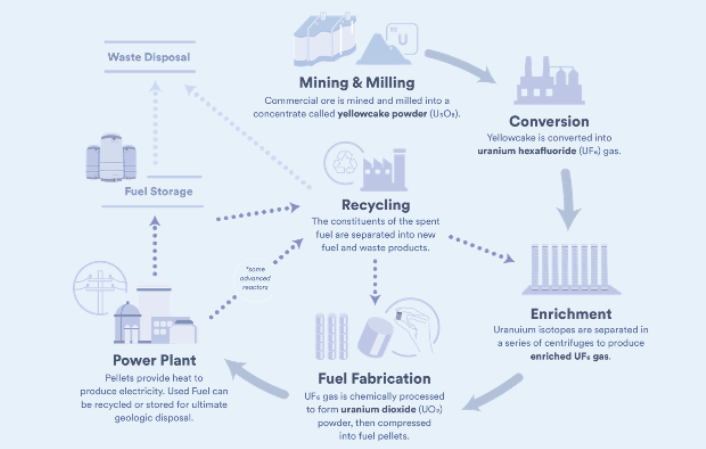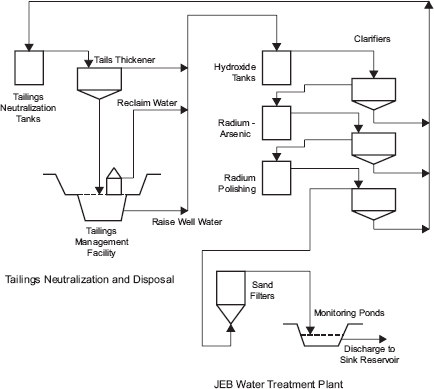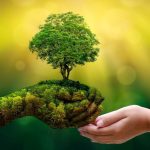Human Environment and Natural Resources

An Introduction:
Today, I will be sharing some very important information with you on Human Environment and Natural Resources.
Please follow along as we start by presenting information that affects our daily existence as humans in our natural environment.
In this episode, I will start with information on how early human settlements were linked to natural resources and the impacts of these settlements and natural resources on our ability as humans to sustain our lives.
It is noteworthy here to mention at this point that those early human settlements were mostly organized around where there was the presence of water, the good landscape of the environment, and vegetation.
The presence of water in the form of streams, rivers, lakes, and inland seas played a very important role because they were important sources of fresh drinking and bathing water; fish and aquatic animals; plants needed water to grow, and humans harvested these plants as sources of food, raw materials and for medicinal purposes. Water was a means of transportation that led to the discovery of other people and places and commercial activities.
The landscape of the environment influenced human settlement and continuous existence. Here we can talk about landscape as the seminal shape and elevation of the land, factoring in features like mountains, hills, plains, valleys, and deserts. Early human settlers most likely settled in flat, open plains and valleys with fertile rich soil in coastal plains and river valleys and this must have influenced their skill to gather crops and hunt for animals for consumption during the hunting and gathering period of human development; and to grow crops and domesticate wild animals, during the early days of agricultural development.
Like water and landscape, the vegetation of an environment very much influenced human settlements there. When we talk about vegetation here, we are speaking about trees, bushes, flowers, grass, and the reeds.
The crops that people grow are also a type of vegetation that has significant compatible relationships with climate, water, soils, landforms, plants, animals, and humans. In a nutshell, vegetation made it possible for early settlers to have abundant animals to hunt; and arable land for growing crops, fetching firewood, and grazing livestock.
As time went on, the population of early settlers began to increase in number because of their ability to move from one place to another meeting other settlers, falling in love, having children, and forming expanded community groups. This expansion also created some challenges in the ability of human beings to sustain themselves by using their very rudimentary agricultural and hunting instruments to effectively harness their environment to ensure livelihood sustainability. To overcome these challenges, humans started to develop some technologies to make it easier to cultivate the land, hunt for and trap animals, and improve animal husbandry.
The development of these technologies improved human capacity to alter their habitats. Here we define a habitat as the natural home or environment of plants, animals and humans, or other organisms. The habitat provides the population that lives there with food, water, shelter, and space to survive.
For instance, with improvements in technological development, humans were able to irrigate the land for better food production, survey their environment for better urban planning and infrastructural development and other constructions, as well as manage deforestation, and desertification.
In addition, through this improvement in technology, humans have become more resilient by being able to improve their tolerance to their hash environmental extreme temperatures, varied moisture levels, and elevations, and adeptness to live in various parts of the world including tropical rainforests, arid desert, and the very cold arctic regions.
The improvement in technology has also enabled humans to explore challenging environments such as the depth of the oceans and seas, mountains, the celestial bodies and even building an International Space Center in outer space.
With these improved technologies, the human population has also increased astronomically. For instance, it was estimated that by the end of 2022, the world population would have reached eight billion people, with about 61% of this population living in Asia; 14% living in North and South America; 14% living in Africa, 11% living in Europe and 0.5% living in the Oceana.
The need to sustain this burgeoning human population has led to high-scale industrialization, the green revolution, nitrogen-fixing-fertilizer, scientific plant-breeding; extraordinary land development, extraction, overconsumption, and combustion of fossil fuels, manufacturing of paper products and invention of the printing press; manufacturing of guns, gunpowder, and other arms and ammunition; the invention of the compass, smelting, and forging of copper, bronze, the iron, and steel, which is used in the construction of railways, skyscrapers, and many other structures; electricity generation, development and utilization of medicines and medical technologies, internal combustion engines, the telephone, radio, the internet, computers, automobiles, nuclear fission, ships and airplanes, rockets, air-conditioning, television, and the products assembly line, all of which have coincidentally impacted humans both positively and negatively.
These technological advancements are powered by “Natural Resources” which we will define in our next segment. Also, in the next section, we will share information on the origin and formation of some of these natural resources.








Zik
25th Feb 2024Very good work
Zik Boniwe
22nd Mar 2024Thanks